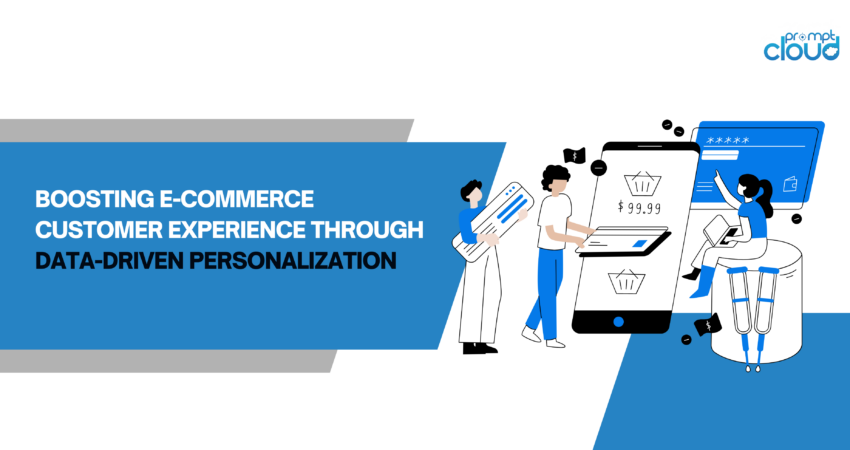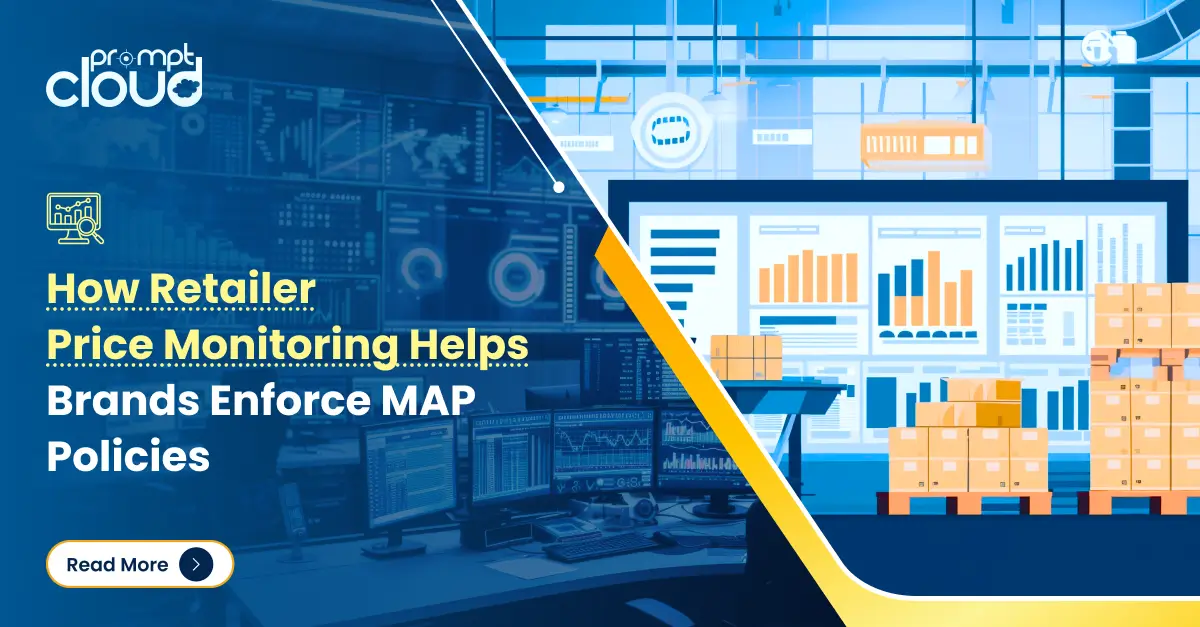
As consumers increasingly turn to online shopping, e-commerce businesses face fierce competition vying for their attention. To differentiate themselves and foster lasting relationships with customers, companies need to focus on providing unparalleled customer experiences (CX). An impactful method for achieving this goal is utilizing data-driven personalization strategies designed to resonate with each client’s distinct tastes, actions, and desires. Leveraging data for ecommerce enables organizations to craft curated experiences, thereby increasing engagement, conversion rates, and long-term satisfaction.
Defining Data-Driven Personalization

Image Source: https://fastercapital.com/content/The-Power-of-Data-Mining-in-Personalization-Tactics.html
Data-driven personalization refers to the practice of employing consumer information to generate tailor-made material, suggestions, and special deals suited to individuals’ profiles and engagements with one’s brand. This strategy empowers e-commerce enterprises to establish pertinent, captivating exchanges that bolster brand loyalty and encourage repeated transactions. Examples of data-driven personalization encompass:
1. Product Suggestions – Employing navigation histories, transaction records, and additional indicators to propose items aligned with clients’ inclinations and predilections.
2. Tailored Marketing Initiatives – Divvying up target markets according to socioeconomic standing, psychological makeup, or historical conduct and disseminating bespoke communications throughout numerous networks.
3. Dynamically Adaptive Site Elements – Modifying site components—such as headers, visuals, and textual matter—based upon aspects like geographic region, local weather conditions, or usage trends.
4. Customized Discounts and Rewards – Supplying personalized reductions or benefits contingent upon buyers’ purchasing tendencies, basket worth, or subscription tiers.
The Power of Data for ECommerce
Effectively actualizing data-driven personalization necessitates amassing and examining top-notch ecommerce data scraped from diverse origins, comprising:
· Online analytical resources
· Client relationship management systems
· Electronic mail advertising stages
· Social networking observation instruments
· External statistics suppliers
Integrating data for ecommerce permits firms to derive actionable knowledge regarding buyer habits, choices, and obstacles, empowering them to fine-tune each phase of the CX voyage. As an illustration, scrutinizing net activity designs could expose prevalently frequented sections amongst particular cohorts, guiding enhancement priorities or promos accordingly. Furthermore, monitoring cross-platform patron evaluations facilitates detecting regions requiring assistance, thus prompting preemptive measures to augment CX quality.
Implementing Best Practices in E-commerce Data-Driven Personalization
While applying data-driven personalization methods, adhere to the subsequent optimal procedures:

1. Uphold User Confidentiality – Guarantee conformity with regulatory requirements like GDPR and CCPA by acquiring authorization preceding gathering and exploiting customer information. Maintain transparency concerning data utilization objectives and grant patrons command over their preference configurations.
2. Commence Gradually – Embark on basic personalization endeavors, such as personalized salutations or deserted cart alerts, subsequently progressing towards intricate initiatives once adeptness in managing data expands.
3. Validate and Optimize – Persistently gauge efficiency metrics like click-through percentages, transformation ratios, and typical deal dimensions to evaluate the efficacy of personalization schemes. Apply A/B tests and multi-variable analyses to sharpen approaches and amplify outcomes.
4. Combine Automation with Human Intervention – Although automation significantly contributes to scalability, never underestimate the significance of genuine interactions. Educate client care specialists to tackle issues proficiently whilst showcasing compassion and comprehension.
5. Allocate Resources Wisely – Contemplate capitalizing in specialized personalization solutions or collaborating with external partners to simplify operations and guarantee consistent functionality throughout all mediums.
Conclusion
Elevating e-commerce customer experience through judicious data application calls for thoughtfully planned, data-focused stratagem centred around individual end-users. By skillfully wielding data for ecommerce, businesses can cultivate authentic bonds with their constituents, stimulate expansion, and maintain competitive advantage amidst today’s swiftly developing virtual landscape.
FAQs
Q: What type of data is utilized for e-commerce?
A: Various types of data serve essential functions within e-commerce settings. Essentially, there are two main kinds of data involved in e-commerce: quantitative and qualitative. The former consists of measurable numbers obtained from site analytics, such as page visits, bounce rates, revenues, and stock quantities. These numeric indicators aid businesses in making educated judgments related to customer retention, product innovations, and marketing initiatives. On the other hand, qualitative data represents non-numeric facts gathered from sources like questionnaires, testimonials, and social network sentiments. Such nuanced insights also play a critical role in shaping well-rounded business strategies for e-commerce ventures.
Q: Which data gets processed in e-commerce contexts?
A: Numerous forms of data get processed during e-commerce activities, spanning individual user behaviors, commercial transactions, and broader industry trends. Specific instances incorporate navigational pathways, item selections, add-to-cart events, checkout completion, payment processing, shipping logistics, returns handling, and post-purchase communication. Processing such data helps retailers understand consumer preferences, improve merchandise offerings, optimize pricing models, and develop segmented marketing strategies.
Q: How should e-commerce players utilize data?
A: Appropriate employment of e-commerce data entails a thorough appreciation of accessible information and viable uses. Businesses should strategically apply data to achieve goals like optimizing stock management, anticipating demand fluctuations, thwarting deceitful activities, mitigating attrition, estimating clientele longevity, and generating forward-looking models. Additionally, AI technology implementation can engender automatic reactions grounded in live feeds, concurrently expediting internal processes and elevating general user experiences.
Q: How does e-commerce data collection occur?
A: Several mechanisms exist for harvesting e-commerce data, primarily falling under two umbrellas – explicit and implicit methods. Explicit means involve active input by users, such as filling registration forms, conducting searches, leaving reviews, or participating in polls. Meanwhile, implicit methods capture passive user behavior without direct intervention, incorporating techniques like session recordings, heatmaps, mouse movement tracking, IP address identification, and cookie storage. Ethical considerations dictate full disclosure and transparency surrounding any employed data acquisition mechanism.





















































